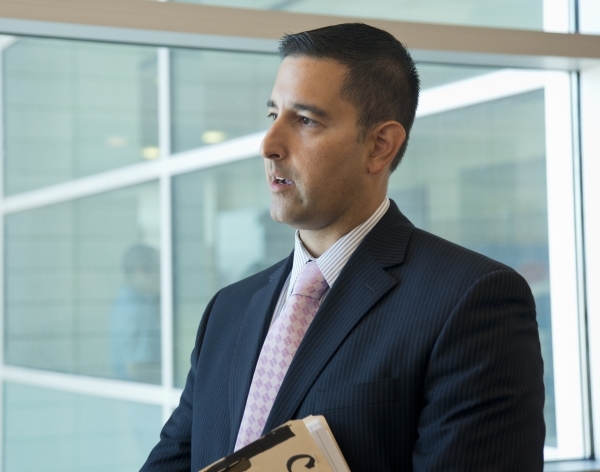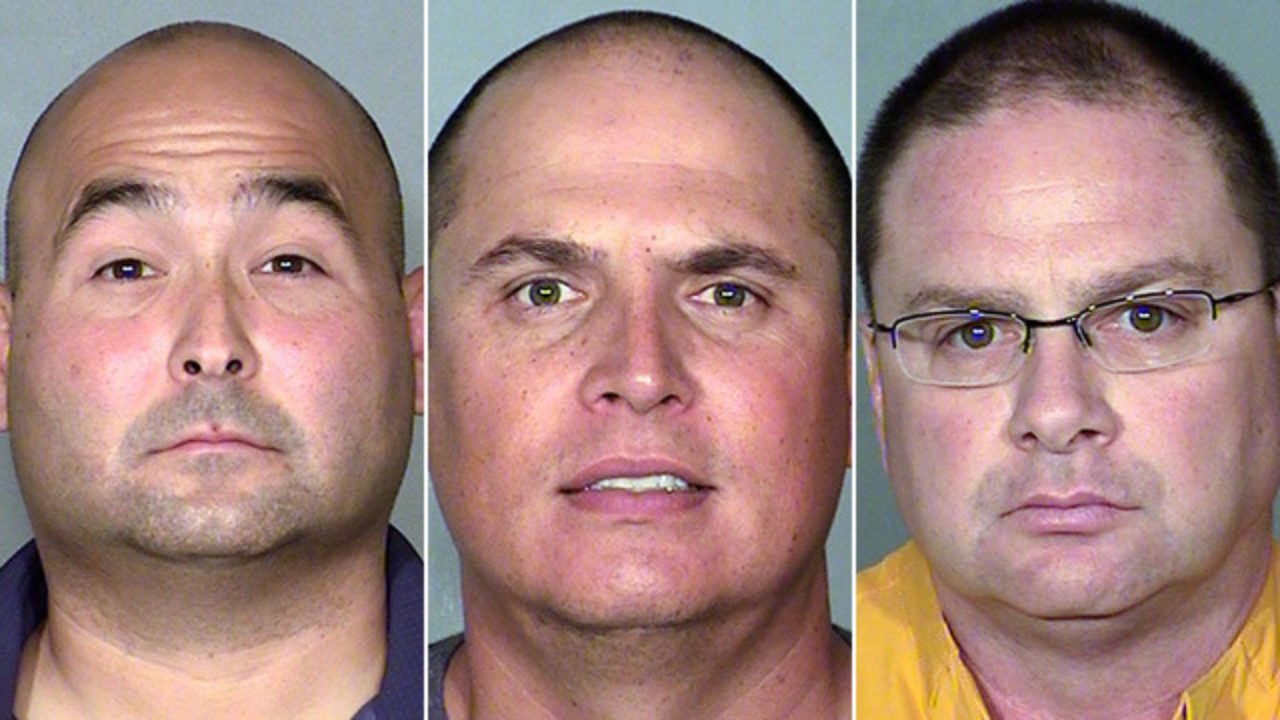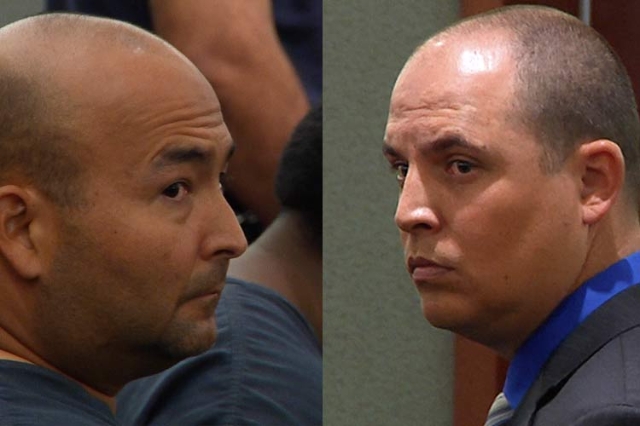Bellagio Craps Scheme

- Bellagio Craps Schemes
- Bellagio Craps Scheme Online
- Bellagio Craps Scheme
- Bellagio Craps Scheme Meaning
- Bellagio Craps Scheme Game
Branco was sentenced to prison for his role in a two-year $1 million craps scheme at the Bellagio. Ronda Churchill/Las Vegas Review-Journal Anthony Granito appears before Judge Valerie Adair at. Bellagio craps scheme defied 452 billion-to-1 odds (Michael Quine/Las Vegas Review-Journal) People play at the craps tables in the Bellagio hotel-casino in Las Vegas on Wednesday, Sept. LAS VEGAS A former craps dealer who was convicted in a scam that took $1.2 million from a Las Vegas casino has been included on a list of people barred from entering casinos across the state. Former Bellagio craps dealer James R. Pleaded guilty Tuesday to one count of felony theft for his role in what prosecutors described as a two-year, $1 million craps scheme. According to reports, a former Craps dealer and his brother-in-law pleaded not guilty for scamming Las Vegas’ Bellagio Casino out of over one million dollars in phantom craps bets over a two-year period. Yesterday the District Court Judge of Clark County Valerie Adair set bails for the two men. The mastermind behind the scheme and. Continue Reading.
Ever since the first dice were handcrafted from bones and stones in Ancient Greece, dishonest players have devised ways to tilt the odds in their favor. Cheating has always been an unfortunate aspect of mankind’s inherent urge to excel.
When immigrants from Europe brought the popular dice game “hazard” with them to America during the early 19th century, the locals soon created a variation known as “craps.”
Early gambling halls and riverboat casinos of the era began running craps tables, and the threat of loaded dice loomed large. But the players weren’t doing the cheating back then. The house actually rigged the game by weighing the dice to ensure they’d land on 2, 3, or 12 more often than not.
In those days, craps was played using only the pass line bet, so a 2, 3, or 12 on the come-out roll always meant a loss for the player. Casino operators had free reign to deploy loaded dice at every available opportunity. This turned craps into a nearly unbeatable game over the long run.
That came to an end in 1907, when a dice maker named John Winn decided to tinker with the standard craps betting structure. By adding an option to bet against the shooter and the pass line, which he dubbed the “don’t pass line,” Winn ensured that loaded dice were no longer a win for unethical casinos.
With the 2 and 3 on the come-out roll turned into winners for don’t pass line bettors, and the 12 coming to a push, casinos had little incentive to use loaded dice rigged to land on those numbers.
In one fell swoop, Winn’s addition to craps gameplay leveled the proverbial playing field, putting players back on even ground with the casino. But the house edge still exists.
While it’s quite reasonable compared to other casino table games, the pass line offers a 1.24% house edge and the don’t pass line clocks in at 1.06%. Players who fight fair still face an uphill climb toward profitability.
As a result, the scourge of cheating in craps afflicts the modern game as well. I’ve already covered the various ways gamblers can try to cheat at poker, and slot machines, along with several serious reasons why nobody should take that risk. Read on to learn about four ways you can cheat at craps and four reasons why you shouldn’t try.
1 – Past Posting to Get Paid After the Results
By far, the most commonly attempted method of cheating at the craps table is a sleight of hand trick called “past posting.” Also known as “late betting,” the concept behind this ruse is deceptively simple. And if you’re being honest with yourself, you’ve likely imagined giving it a go once or twice.
Picture yourself grinding out a fun session, while you stick to a conservative betting strategy of pass line + odds + placing bets on the 6 and 8. A few other players are taking their shot at more exotic wagers, and their excitement attracts your interest.
On a lark, you decide to go for the gusto and slide a $5 chip out on the 12, betting against 35 to 1 odds that you’ll roll a perfect 6 + 6 to nail the sweet 30 to 1 payout.
You let the dice fly and send a prayer up high, then watch the prettiest sight in all of craps as they tumble perfectly to spike a 12. The table whoops it up in celebration on your big win, while the dealer stacks up a hefty $150 payout on your $5 wager.
Now, here’s where the enticement of past posting comes into play… What if you could magically exchange that $5 chip for $25 without the dealer noticing? That would turn the same lucky roll into a $750 payout, upping the ante to produce a session-defining score.
If you’re like most players, this thought exercise is just that, a hypothetical to ponder. For past posting cheaters, however, this bait and switch is the name of their game. Past posters place small wagers using different denominations, then wait to see the result.
When they lose, they chalk up defeat and play the next roll. But when their bets turn a winner, past posters surreptitiously slide additional chips on top of the stack.
Why You Shouldn’t Try Past Posting
Craps tables are hectic. With a dozen players standing around the elongated table, everyone is adding bets to the board while simultaneously calling out verbal wagers. But there’s a reason why craps tables are staffed by four casino employees at all times (two dealers, the stickman, and the boxman).
Past post cheaters try to prey on inexperienced dealers. They pounce on any available distraction. When they spot an opening, a past poster will use lightning-quick movements and deft chip handling to increase their bets after results.
But with all of those dealers on hand observing the action, and surveillance cameras keeping a constant lookout using high-resolution footage, attempting to past post in a modern casino is a losing proposition.
Cases of past posters getting handcuffed for their conduct at the craps table are a dime a dozen. You’ll find incidents ranging from former NFL player Quinton Carter getting arrested in 2013 for adding three $5 chips to winning wagers to “Big Al” Grossman scamming Foxwoods Casino in Connecticut out of thousands before getting caught.
2 – Colluding With a Dealer to Rig the Game
Past posters try to “double down” on their cheating by convincing dealers to betray the casino. When a cheater is able to bring a casino employee onboard, all sorts of schemes become possible.

You might have a dealer turn a blind eye to past posted bets or one who slides you stacks of winning chips even though you didn’t have a bet out to begin with. Other corrupt dealers can let you pull back or reduce losing wagers with no repercussions.
In the case of former craps dealer Mark Branco, his cheating partners were allowed to verbally place high-risk “hop” bets just as the dice were coming to a rest.
Between 2012 and 2014, Branco conspired with two players and a fellow dealer to rig high-stakes craps games at the Bellagio in Las Vegas. With partners Tony Granito wagering an average of $4,400 per bet, and Jeffrey Martin betting $2,200 a pop, Branco oversaw a scheme which stretched out over two years and nearly 4,000 rounds of rolling.
Right before the dice landed, Granito and Martin would mutter a hop bet to Branco that the dice would land in an exact combination. When the dice cooperated by spiking the combo exactly, Branco would slide out sizable stacks of chips to pay off the supposed four-figure bets. But when the hop bet was a swing and miss, Branco pretended he never heard the verbal command or that it was made too late to count.
The hop bet is an exotic that pays out to the tune of 15 to 1, so using Granito’s average bet size of $4,400, the team was clearing $66,000 on a single successful cheat.
Why You Shouldn’t Try Colluding With a Dealer
The casino eventually caught wind of the improbable winning jag, as the team collectively wagered more than $12 million. This amount should produce an expected loss of $712,000 when legitimate craps odds are applied. Instead, the cheaters won $1.08 million during their rigged run, which statistical outlier gaming analysts have calculated as a 452 billion to 1 longshot.
Like any cheaters who don’t know when to quit while they’re ahead, this high-rolling collusion team wound up ensnared by surveillance cameras and astute casino employees.

In the end, Branco was sentenced to four to 10 years behind bars, while Granito and Martin each received 8.3-year sentences. Those sentences came after all three pleaded guilty.
Chief Deputy District Attorney J.P. Raman explained to the Las Vegas Review-Journal that casino cheats in the Silver State will always be penalized to the full extent of the law.
“This is not about sending a message.
It’s about punishing appropriately, and it’s about preventing anarchy.”
Bellagio Craps Schemes
District Judge Valerie Adair told the newspaper that her harsh sentencing was based on the obscene sums of money the trio of cheats stole from the Bellagio.
“It seems to me that when these offenders concocted this scheme and executed it time and time again, they had to realize that if apprehended, the likely outcome was prison.
I’m not aware of any other offenders receiving probation for like amounts.”
3 – Stealing Chips From Other Players at the Table
Speaking of stealing, a surprisingly frequent form of cheating at the craps table involves nothing more complicated than a simple snatch and grab.
At the craps table, players keep their chips in grooves that line the armrest or the “rail.” Preying on fellow players who are either too trustworthy, too drunk, or too focused on the dice “rail thieves” work craps tables by keeping an eye out for folks who aren’t watching their chips.
From there, all it takes is a quick hand and a poker face to reach for a few chips from your neighbor. Because craps is such a fast-paced game, players are moving chips back and forth from the table to their rail in rapid succession. Even experienced craps enthusiasts seldom have time to count their stack after every bet or payout.
Knowing this, rail thieves hope their marks never notice their stack is light, making their move quickly and cashing out before anyone catches on.
Why You Shouldn’t Try Stealing Chips
As you might suspect, this crude and cowardly form of cheating is only utilized by the lowest of the low. Thankfully, awareness campaigns by craps-focused media outlets are teaching players to keep a close eye on their chips by using a hand to cover them during the roll or asking a dealer to cover them with a napkin while taking a bathroom break.
As with most casino cheating schemes, the best reason to avoid stealing chips at the craps table is the cameras. Whether it’s the victim noticing their shortened stacks and asking for a camera check, or the surveillance team spotting something amiss and alerting security, you can only get away with pickpocketing from the rail so many times until you’re caught on tape.
4 – “Sliding” or “Scooting” the Dice to Nail Numbers Automatically
As a craps player, you’ll find all sorts of advice from supposed “dice controllers” on how to make certain numbers appear more often than the odds dictate.
Some players “set” the dice before rolling, others try to go for a specific launch and bounce angle, and a few even attempt to control the spin rate and rotation. By and large, this craps strategy is fool’s gold for recreational players.
But what if you didn’t roll the dice at all?
A wickedly inventive form of cheating in craps is known as “sliding” or “scooting,” which describes a player arranging the dice with preferred numbers face up, then pushing them across the felt rather than tossing them through the air. If you’re looking for a hard 8, for example, setting the dice on 4+4 face up before sliding them to the other end of the table is an easy way to guarantee yourself a sweet payout.
Why You Shouldn’t Try Dice Sliding
Dice sliding might seem too crazy for even the most courageous cheater to try, but as Las Vegas-based casino surveillance specialist Willy Allison told the Review-Journal two years ago, the old ruse is enjoying a renaissance of late.
“It is the scam of 2017. Dice sliders never used to be common but seemed to have made a comeback in recent years. Dice sliding isn’t that difficult to master with a bit of practice. The key is finding weak or corrupt floor staff and supervisors. Casinos are so desperate to keep players who bet big they’re willing to turn a blind eye to questionable rolls.”
Allison was commenting on the case of Badri Tsertsvadze, a dice slider caught at the Flamingo casino and charged with 18 criminal counts.
Tsertsvadze was far from alone though, as the Wynn casino suffered a $700,000 loss in 2011 before a team of dice-sliders was taken down.
Craps dealers are trained to watch the dice at every turn from the stickman’s push to the shooter, to the shooter’s handling, and at every point in the roll. You might be able to fool them once or twice using the slide trick, but cheaters never prosper, so expect this scam to be spotted eventually.
Conclusion
Craps holds a well-deserved reputation as the most exciting table game on any casino floor. There’s a low house edge on the base bets, huge payouts on high risk exotics, and an entire table celebrating pass line winners as a group. What’s not to love, right?
Well, cheaters love how craps’ complexity and commotion provides the perfect cover for deception. With so many players placing so many bets, and a lot of chips moving to and fro after every roll, the craps table is a casino cheater’s home away from home. But as you just learned, when you try to rig a game of craps in your favor using these four cheating methods, jail time and huge fines are the only outcome.
Please enable JavaScript to view the comments powered by Disqus.A former craps dealer, a former professional baseball player and another man received prison this week for cheating at craps at the Bellagio in Las Vegas.
Mark Branco, the dealer, along with Jeffrey Martin, a former professional baseball player, and Anthony Granito, a friend of Branco’s, all received more than eight years in prison for the $1 million scheme, according to a report from the Las Vegas Review-Journal.
The men each pleaded guilty last year to theft and cheating at gambling.
A fourth defendant in the case, former dealer James R. Cooper Jr., is awaiting sentencing after helping Nevada prosecute the others.
Bellagio Craps Scheme Online

“This is not about sending a message,” the prosecutor said. “It’s about punishing appropriately, and it’s about preventing anarchy.”
The cheating happened between August 2012 and July 2014.
Bellagio Craps Scheme
MGM Resorts, the owner of the Bellagio, determined that the men defied odds of 452 billion-to-1. Granito and Martin won a hop bet, which pays about 15-1, 19 times in 230 rolls in a single session, according to the casino. During their winning streak, they would have been expected to lose $712,029, but they won a total of $1,086,400.
Bellagio Craps Scheme Meaning
The scheme was discovered only after another dealer alerted the casino about suspicious activity. During sentencing, the men unsuccessfully asked the judge for probation.

Martin played minor league baseball for the Kansas City Royals, Pittsburgh Pirates and Cincinnati Reds from 1995 to 2002.